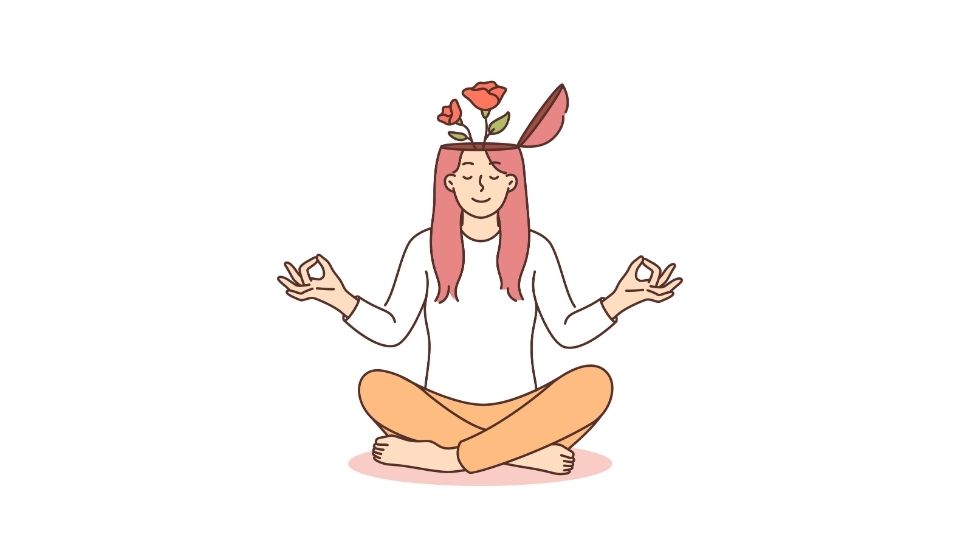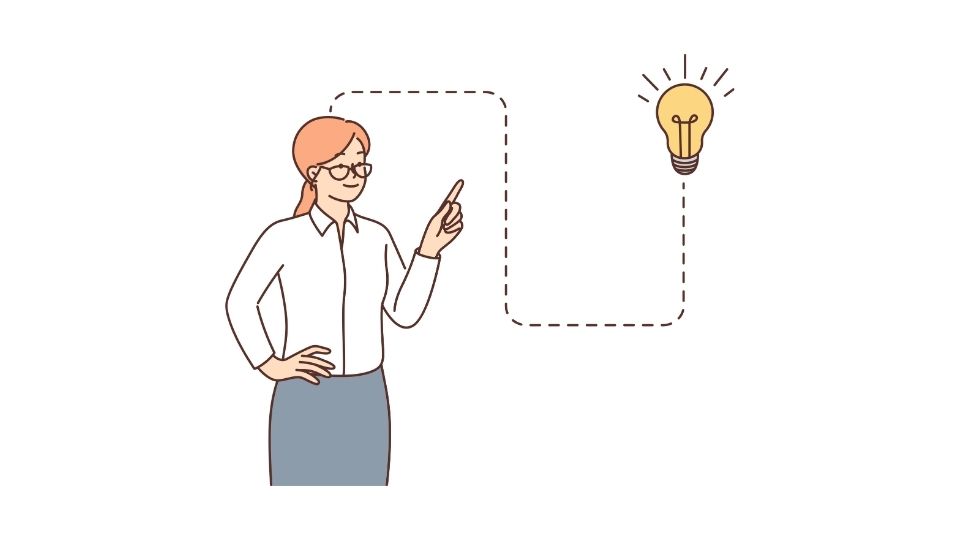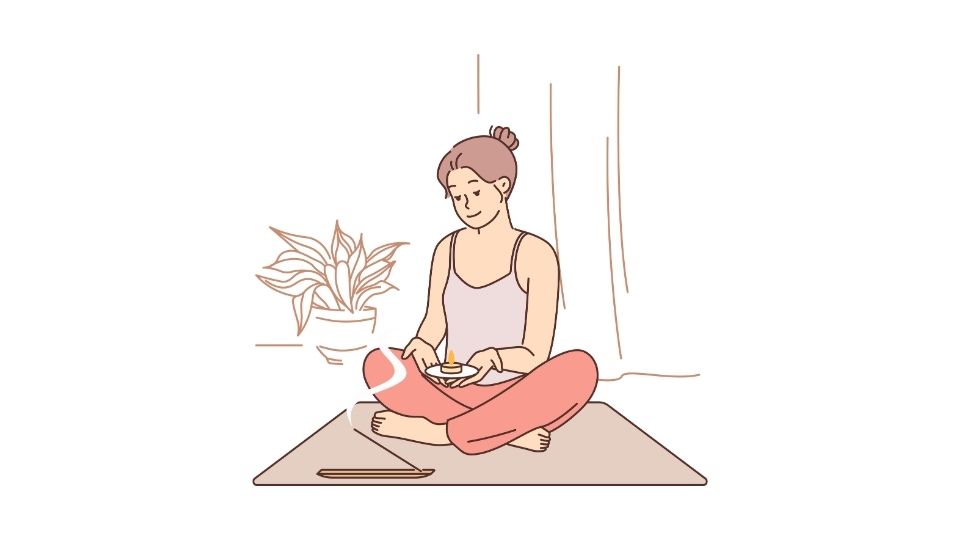How to Train Your Brain for a More Positive Outlook

In 2025, having a positive mindset isn’t just some woo-woo concept – it’s practically a superpower. With everything coming at us from all directions (hello, endless doomscrolling), learning how to train your brain for positivity might be the most valuable skill you can develop.
I’m not talking about toxic positivity or pretending problems don’t exist. I’m talking about having the mental tools to face life’s challenges without spiraling into “everything sucks” territory.
Let’s break down exactly how to build this mental muscle – with science-backed strategies that actually work.
What Actually Is a Positive Mindset?
Let’s get something straight: a positive mindset isn’t about walking around with a fake smile plastered on your face.
It’s about:
- Believing you can handle what life throws at you
- Looking for opportunities in challenges
- Choosing constructive thoughts over destructive ones
- Maintaining hope even when things get tough
Think of it like having mental shock absorbers. The bumps in the road are still there, but you’ve got a system for handling them without your whole life going off-track.
10 Science-Backed Ways to Build a Positive Mindset

1. Practice Daily Gratitude (It’s Not Just for Thanksgiving)
Your brain is like Velcro for negative experiences and Teflon for positive ones. Gratitude flips this default setting.
Start a gratitude practice by writing down 3 things you’re thankful for each day. They don’t have to be massive – good coffee counts!
Research from UC Berkeley’s Greater Good Science Center shows that just 8 weeks of gratitude practice can actually rewire neural pathways. Your brain literally gets better at finding the good stuff.
2. Flip the Script with Positive Reframing
Got rejected for that job? Instead of “I’m a failure,” try “Now I can find something that’s an even better fit.”
Positive reframing isn’t denial – it’s looking at the same situation through a different lens. It’s like having a mental Instagram filter that doesn’t distort reality but highlights different aspects of it.
When something disappointing happens, ask yourself:
- “What can I learn from this?”
- “How might this be helpful in the long run?”
- “What strength am I developing by facing this?”
3. Use Visualization (Like Mental Rehearsal for Life)
Olympic athletes do it. Top performers do it. You should do it too.
Spend 5 minutes each day visualizing yourself succeeding at your goals. Make it vivid – engage all your senses. What do you see? Feel? Hear?
Visualization works because your brain doesn’t fully distinguish between vivid imagination and actual experience. Each time you visualize success, you’re laying down neural pathways that make that outcome more likely.
4. Get Mindful (Without the Woo-Woo)
Mindfulness is just paying attention to the present moment without judgment. And it’s a game-changer for positivity.
When we’re ruminating on the past or worrying about the future, we’re usually in negativity land. Mindfulness yanks us back to the now, where things are usually fine.
Start with 1 minute of mindfulness each day. Focus on your breath. When your mind wanders (it will), gently bring it back. That’s it. Research from Harvard Medical School shows this simple practice reduces stress and anxiety.
5. Set Goals That Actually Motivate You
The right goals energize you. The wrong ones drain you.
Create SMART+F goals – Specific, Measurable, Achievable, Relevant, Time-bound, plus FUN. That last part is crucial. If your goals feel like punishment, your brain will resist them.
Break big goals into tiny steps that give you quick wins. Each small success releases dopamine, which helps wire your brain for positivity and motivation.
6. Replace Your Inner Critic with an Inner Coach
We all have that mean voice in our head. Time to give it a performance review and hire someone better.
Notice when you’re being a jerk to yourself. Would you talk to a friend that way? Probably not.
Replace “I’m so stupid” with “I’m learning and improving.” Swap “I always mess up” with “I made a mistake this time, and next time I’ll do better.”
These positive affirmations aren’t about lying to yourself. They’re about being as fair and supportive to yourself as you would be to someone you care about.
7. Choose Your People Wisely (They’re Contagious)
Emotions are contagious. Seriously – it’s called emotional contagion, and it’s backed by science.
Surround yourself with positive people who lift you up, and limit time with the energy vampires who drain you. This isn’t about ditching friends going through tough times – it’s about recognizing when relationships are chronically negative.
As entrepreneur Jim Rohn famously said, “You’re the average of the five people you spend the most time with.” Choose wisely.
8. Feel All Your Feelings (Even the Sucky Ones)
Plot twist: part of having a positive mindset is making space for negative emotions.
Trying to suppress feelings just makes them stronger. Instead, acknowledge emotions without judgment. “I notice I’m feeling anxious right now” works better than “I shouldn’t be anxious!”
Research from Yale’s Emotional Intelligence Center shows that people who accept their emotions actually recover from negative states faster than those who fight them.
9. Treat Challenges Like Workouts for Your Brain
Every time you face a difficulty, your brain is literally getting stronger.
The concept of neuroplasticity means your brain changes and adapts based on experience. Each challenge you overcome creates new neural connections that make you more resilient for next time.
So the next time something difficult happens, try thinking: “This is uncomfortable, but it’s making me stronger.”
10. Stay Curious (Like a Mental Explorer)
Curiosity is like WD-40 for a stuck mindset.
When you’re feeling negative about a situation, get curious instead of critical. Ask questions like:
- “What’s interesting about this problem?”
- “What am I not seeing here?”
- “What would someone else think about this?”
Curiosity shifts you from judgment to learning mode, opening up new possibilities your negative mindset might have missed.
How to Make These Habits Stick

Let’s be real – knowing what to do isn’t the hard part. Doing it consistently is.
Start Ridiculously Small
Don’t try to transform your entire mindset overnight. That’s setting yourself up for failure.
Begin with one tiny habit – maybe 30 seconds of gratitude each morning. Make it so easy you can’t say no. According to Stanford behavior scientist BJ Fogg, tiny habits are the secret to lasting change.
Track Your Progress (What Gets Measured Gets Managed)
Use a habit tracker app or good old pen and paper to monitor your mindset practices.
Seeing your consistency streak builds momentum and motivation. Plus, it’s satisfying to check that box or mark that X on your calendar. Don’t break the chain!
Create Environmental Triggers
Your environment shapes your behavior more than willpower ever will.
Set up visual reminders for your positivity practices. Maybe a sticky note on your bathroom mirror for morning affirmations, or a gratitude prompt as your phone lock screen.
Expect (and Plan for) Setbacks
You will have negative days. That’s not failure – it’s being human.
Create an if-then plan for when you notice yourself spiraling: “If I catch myself in negative self-talk, then I’ll take three deep breaths and reframe one thought.”
This pre-decision makes it easier to bounce back when your mindset takes a hit.
The Bottom Line

Building a positive mindset isn’t about eliminating negativity – it’s about building your capacity to respond constructively to whatever life throws at you.
Start with just one practice from this list. Be consistent with it for two weeks before adding another. Small steps, consistently taken, lead to massive change over time.
Remember: your mindset isn’t fixed. It’s a skill you can develop with practice.
Your future self – the one with greater resilience, happiness, and opportunity – is being built by the mental habits you choose today. Choose wisely.

